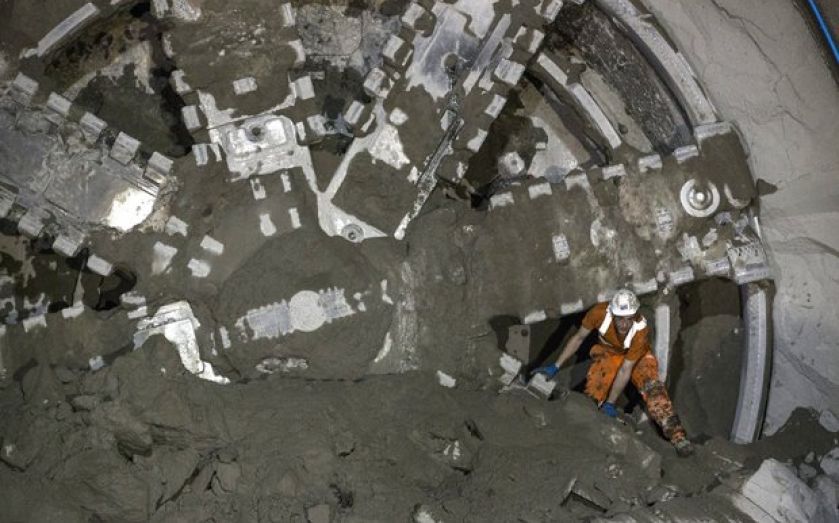Delaying Crossrail 2 would strangle London – and the private sector can help pay for it

One of the most encouraging things about ministers considering an extension of Crossrail to Hertfordshire, giving commuter towns like Tring and Hemel Hempstead direct access to the City and Canary Wharf, is that it shows a commitment to long-term planning that has too often been absent in the UK. Admittedly, it’s rather late to be tinkering with London’s new east-west rail line. But as long as Crossrail’s delivery remains on time and on budget, by all means let’s look at how we can get even more from this essential scheme.
But this shouldn’t distract from the next big project London needs – Crossrail 2. It’s vital that government focuses on this proposed north-east to south-west, high-frequency and high-capacity rail line, which would run through London and into Surrey.
Crossrail 2 would transform journeys within and into London, cutting congestion and journey times for passengers on the Victoria, Northern and Piccadilly lines, and for rail travellers into Waterloo and Liverpool Street. It would add 10 per cent to current public transport capacity in London and, by connecting with Euston, would provide an essential new interchange for passengers with HS2.
In a city growing by over 100,000 people a year, we need to run to stand still when it comes to infrastructure. Failing to plan and invest in projects like this would make the daily commute of Londoners intolerable, and would hold back growth in jobs and the capital’s economy. Passenger numbers on the Tube have risen by 40 per cent in the last 15 years, and overcrowding is already proving an issue.
But if we are to have Crossrail 2 up and running in the 2020s, we need to get cracking now. The project has strong public and political support. A recent consultation by Transport for London found backing from a staggering 95 per cent of its 14,000 respondents. Crossrail 2 is also strongly supported by the mayor – and by all political parties within London.
The big remaining challenge is to identify and agree a funding package for the scheme, which is estimated to cost £12bn, before extra contingency is added by the Treasury. Our own research suggests that the line is eminently affordable, through a mix of public and private sector funding sources, as was the case for Crossrail 1. Crucially, however, given the enduring constraints on public borrowing, only a minority of this would need to come from government grants. The rest could come from passengers, businesses, and residents who will benefit from London’s continued growth, and from property owners and developers, who will see land and property values rise as a result of the new line.
Crossrail 1 has shown the enormous value unleashed by new rail lines, with property prices around central London stations rising by an additional 20 per cent. With planning support from local councils, Crossrail 2 could deliver even more growth, including the potential for tens of thousands of new homes in the Lee Valley and in south west London.
Agreeing a funding package will require political tenacity, vision and leadership. Boris Johnson has now confirmed that his time as mayor will end in May 2016. Getting the green light for Crossrail 2 would cement his legacy as a mayor who got things done.